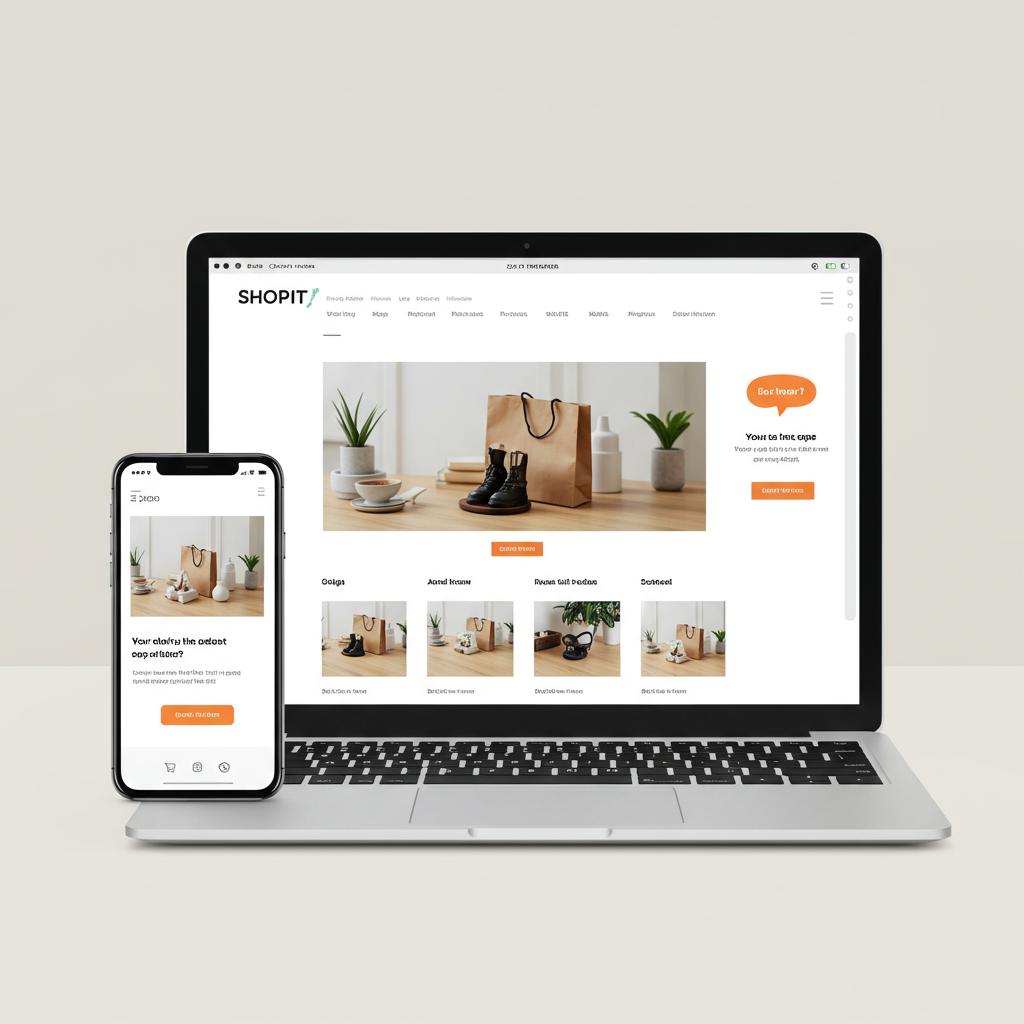I’m here to share my top strategies for optimizing your Shopify storefront to captivate customers and drive sales in the coming year.
As we look ahead to 2026, the digital landscape continues to evolve at a breathtaking pace. For us Shopify merchants, our online storefront – specifically our homepage – remains the most critical piece of real estate we own. It’s the first impression, the digital handshake, and often the deciding factor for a potential customer.
I’ve seen countless stores struggle not because their products weren’t great, but because their homepage failed to engage, inform, or convert. In 2026, customer expectations will be higher than ever, demanding not just a product, but an experience.
My first and foremost tip for 2026 is to prioritize User Experience (UX) above all else. A beautiful site is useless if it’s not intuitive and easy to navigate. Think about your customer’s journey from the moment they land on your page.
Page load speed will be non-negotiable. I’m talking milliseconds. Google continues to emphasize Core Web Vitals, and slow loading times directly translate to higher bounce rates and lost sales. Optimize your images, leverage lazy loading, and consider a robust CDN.
It’s no longer ‘mobile-friendly’; it’s ‘mobile-first.’ The vast majority of your traffic will come from mobile devices. I always design with the smallest screen in mind first, ensuring that every element is perfectly responsive and easy to interact with on a smartphone.
Your navigation menu should be crystal clear. I recommend keeping it simple, logical, and easily accessible. Customers should be able to find what they’re looking for within a few clicks, whether it’s product categories, contact information, or their cart.
Moving onto visuals, high-quality imagery and video are paramount. I can’t stress this enough: blurry, pixelated, or generic stock photos are a conversion killer. Invest in professional product photography and lifestyle shots that tell your brand’s story.
Consider integrating short, engaging videos on your homepage. A hero video showcasing your product in action or a quick brand story can capture attention far more effectively than static images. I’ve seen this dramatically increase engagement.
Your brand identity must shine through every element. I ensure that my colors, fonts, tone of voice, and overall aesthetic are consistent across the entire homepage, reinforcing my brand’s personality and building recognition.
Within the first few seconds, your visitor needs to understand what you offer and why they should care. I always place my unique selling proposition (USP) prominently, often in the hero section, making it instantly clear what problem I solve or what benefit I provide.
People connect with stories, not just products. I weave my brand’s narrative into the homepage, whether it’s about my mission, my craftsmanship, or the impact my products have. This builds an emotional connection with my audience.
Trust is built on social proof. I prominently display customer reviews, testimonials, star ratings, and even user-generated content. Seeing that others have had positive experiences significantly reduces buyer hesitation.
Every section of your homepage should guide the user towards a desired action. I use clear, compelling CTAs like ‘Shop Now,’ ‘Learn More,’ or ‘Discover Our Collection.’ Make them stand out and use action-oriented language.
By 2026, personalization will be standard. I leverage Shopify apps and AI tools to offer personalized product recommendations based on browsing history, purchase behavior, or even geographic location. This makes the shopping experience feel tailored and relevant.
While the homepage isn’t typically optimized for specific keywords in the same way product pages are, I still ensure my meta title, description, and main headings are optimized for brand terms and general categories. This helps search engines understand my store’s purpose.
Beyond social proof, I display security badges (SSL certificates), accepted payment methods, and clear return policies. These small details build confidence and reassure customers that their transaction is safe.
An often-overlooked aspect is accessibility. I design my homepage to be usable by everyone, including those with disabilities. This means proper alt text for images, sufficient color contrast, and keyboard navigation support. It’s not just good practice; it’s good business.
While not mainstream for every store, I’m keeping an eye on augmented reality (AR) and virtual reality (VR) integrations. For certain product types, allowing customers to ‘try on’ or ‘place’ products in their environment via AR could be a game-changer.
I’m also exploring how AI-powered design tools can assist in optimizing layouts, suggesting color palettes, or even generating initial content drafts. These tools can significantly streamline the design process, allowing me to focus on strategy.
My work doesn’t stop once the homepage is live. I constantly monitor my analytics – bounce rate, conversion rate, time on page, click-through rates on various sections. This data tells me what’s working and what isn’t.
Based on my analytics, I regularly conduct A/B tests. I might test different hero images, CTA button colors, headline variations, or even the placement of social proof. Small tweaks can lead to significant improvements.
The digital world is dynamic. What works today might not work tomorrow. I view my homepage as a living entity that requires continuous iteration and refinement based on data and evolving customer behavior.
I’ve shared my insights on crafting a high-converting Shopify homepage for 2026. I’m curious, what are your biggest challenges or successes when it comes to your own store’s homepage design? What do you think about these tips?
Ultimately, every design decision I make for my homepage revolves around the customer. Their journey, their needs, their trust, and their desire for a seamless and enjoyable shopping experience.
By focusing on speed, mobile-first design, compelling visuals, clear messaging, and continuous optimization, I’m confident that your Shopify homepage will not only look great but also perform exceptionally well in 2026 and beyond.
So, take these tips, apply them to your own Shopify store, and watch your conversions climb. Your homepage is your digital storefront; make it count!






